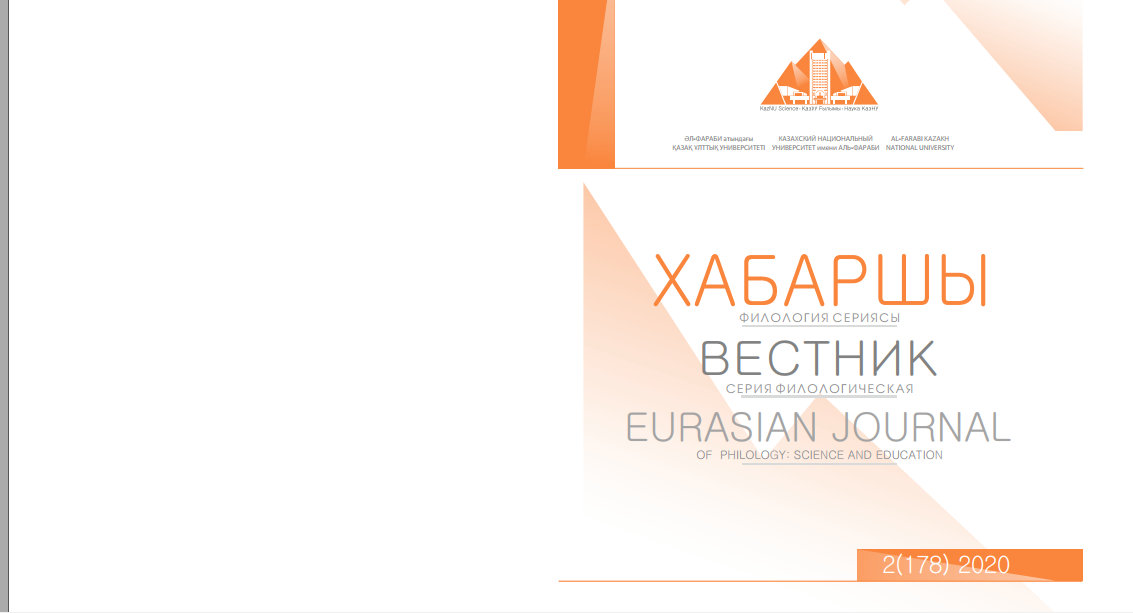Poetic features of Sari Ashug’s activity
DOI:
https://doi.org/10.26577/EJPh.2020.v178.i2.ph8Abstract
Though Sari Ashug is one of the most prominent representatives of the Azerbaijani poetry of the
middle Ages, his life and poetry is considered one of the least studied branches. If the first serious reason
of it is due to the lack of attention to the craftsmanship of the Sari Ashug in quatrains written by him, the
second is, no doubt, the insufficiency of the historical sources and information about the personality,
life and activity of the ashug. Another reason is that the historical identity of the Sari Ashug has become
narrated over time and his life has become folklore.
Analyzing all thoughts and considerations about Sari Ashug’s life and environment, the history of the
investigation and collection of his poetical heritage it is also important to mention the following thought.
Not depending on his birth and living place, Sari Ashug is a phenomenon of Azerbaijani artistic thinking
with all his spirit and color, the atmosphere and poetry of his activity and he is trained from the Zangazur environment. It is observed easily in the numerous poetic images and lines used very often in the
quatrains by the ashug such as from the names of cities and villages, mountains and rivers till the artistic
expression of the national-ethnic traditions.
Along with all the other features of the narrations and stories attached to his name, one of the artistic
advantages is that they have prepared an artistic basis for the formation of the epos «Yakhshi and Ashug»
after themselves with the certain elements of the epic thinking.
On the one hand, the epos «Yakhshi and Ashug» is an example of artistry that enriches the series of
love eposes related to the names of the master ashugs in Azerbaijani ashug literature, on the other hand,
it enriches the gallery of ashug images immortalized by Azerbaijani folklore.






